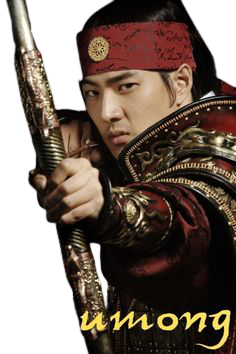Welcome To
Jumong Song Empire!
Joseon King And Master Archer
Jumong (Korean: 삼한지-주몽 편; Hanja: 三韓志-朱蒙篇; RR: Samhanji-Jumong Pyeon; lit. "The Book of the Three Hans: Described as the son of the heavens, Jumong was the founding king of Goguryeo, which eventually became the largest dynasty in Korean history. Also known as the Holy King of the East, mythological tales of his origins mostly follow the same basic story.The Chapter of Jumong") is a South Korean historical drama series that aired on MBC from 2006 to 2007 as the network's 45th anniversary special. Originally scheduled for 60 episodes, MBC extended it to 81 because of its popularity. The series examines the life of Jumong, founder of the kingdom of Goguryeo. Few details have been found in the historical record about Jumong, so much of the series is fictionalized. The fantastic elements surrounding the original Jumong legend (such as those concerning his birth) have been replaced with events more grounded in reality. Jumong is considered part of the Korean Wave (Hallyu), with viewer ratings in Iran exceeding 80 percent.
wikipedia